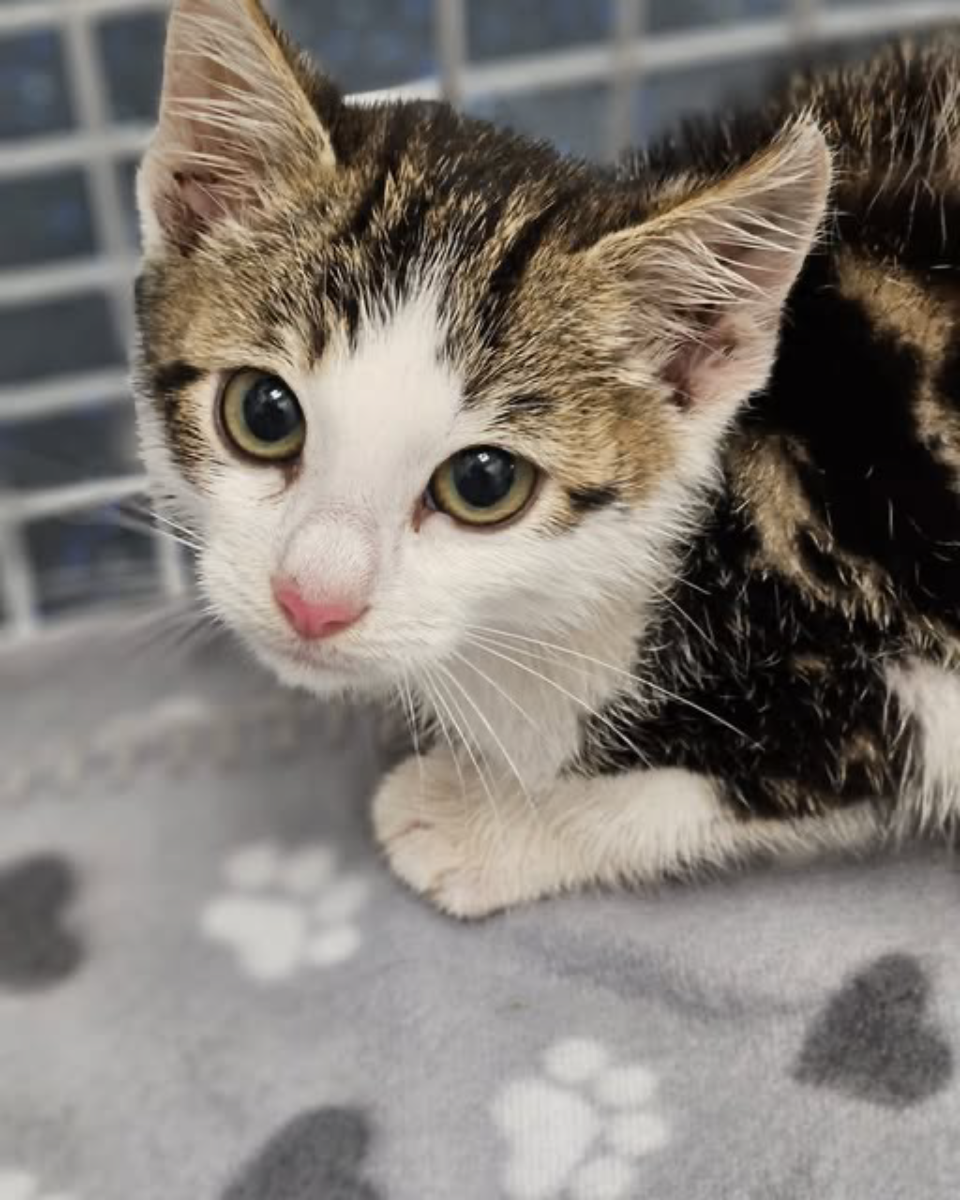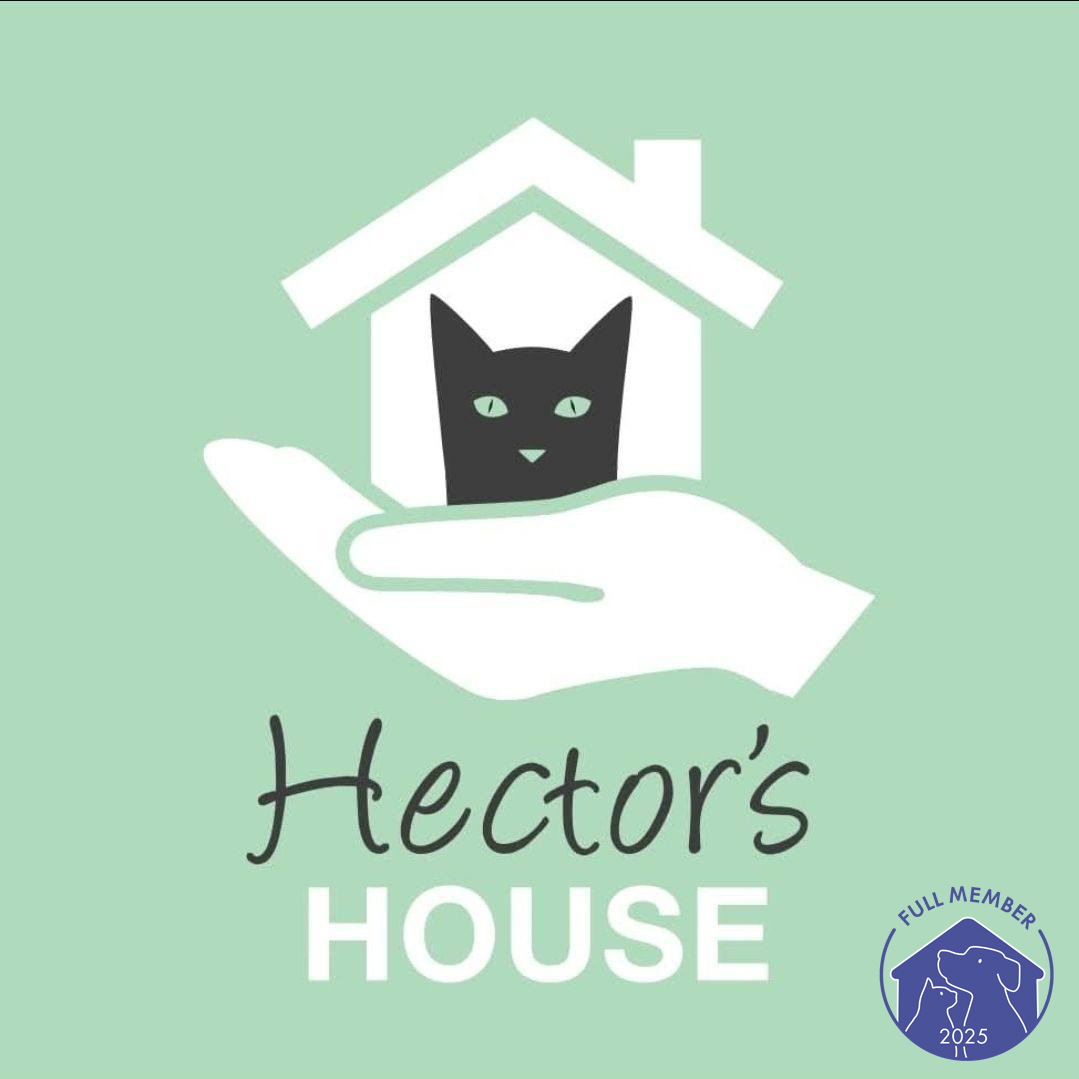To highlight the situation of strays in the local area.
To signpost how to get help if concerned about cat welfare.
To suggest practical ways the local community can help assist the rescue.
To ensure clarity of policy and procedure when dealing with strays for Outreach volunteers as well as the public so they can understand what we do.
One of the aspects of cat rescue which presents the most challenges is the rescue of strays and ensuring that owned cats are not rescued or trapped in the process.
At the heart of everything is a simple philosophy and that is that what is done is done in the very best interests of the cat.
Cats come first, always.
Hector’s House Cat Rescue is committed to rescuing and rehabilitating strays but follows strict policies and procedures.
A question that is often asked is:
What do we do after we’ve been alerted to an allegedly stray cat?
The public often wonder what the process entails after we have been alerted to a stray cat. It is not as simple as attending the location, picking up the cat, and taking it to our centre.
Cats are viewed as ‘goods’ in the eyes of the law and are therefore property. We cannot simply take someone’s property without endeavouring to find an owner.
So, once we’ve been alerted to a potentially stray cat, we make some initial enquiries with the finder. The questions we ask and process we follow can be viewed on our ‘Report a Stray’ page on our website. Here is some of what is stated and advised on this page ( the rest is in the project uploaded)
What to do if you think a cat is a stray
•If you’re worried or concerned about a cat’s welfare, it is never wrong to seek help.
•If you’re worried about a cat, or think it might be a stray, the first port of call would be that we advise you to paper collar the cat. If the cat needs urgent veterinary care, please take it to a vet practice ASAP.
•If the cat is not injured, please do not take the cat from where it is.
•Paper collaring consists of attaching a piece of paper/thick cardboard around the cat’s neck, making it secure but not uncomfortable/tight (we tend to use ‘glue dots’ to secure the collar)
•Put your contact details on the paper collar
•If the cat has an owner, when it returns home with the paper collar on, hopefully the owners will contact you to say it is their cat :)
To continue to provide the best cat welfare at the rescue.To continue to trap, rescue and rehabilitate long- term and short – term stray cats from the streets and rural areas.To continue to rescue cats from hoarding, multi- cat household situations and rehome in domestic households or alternative placements.To ensure the continued success of trapping by using the highest quality humane traps on the market and the most efficient methods.To increase the number of strays rescued.

